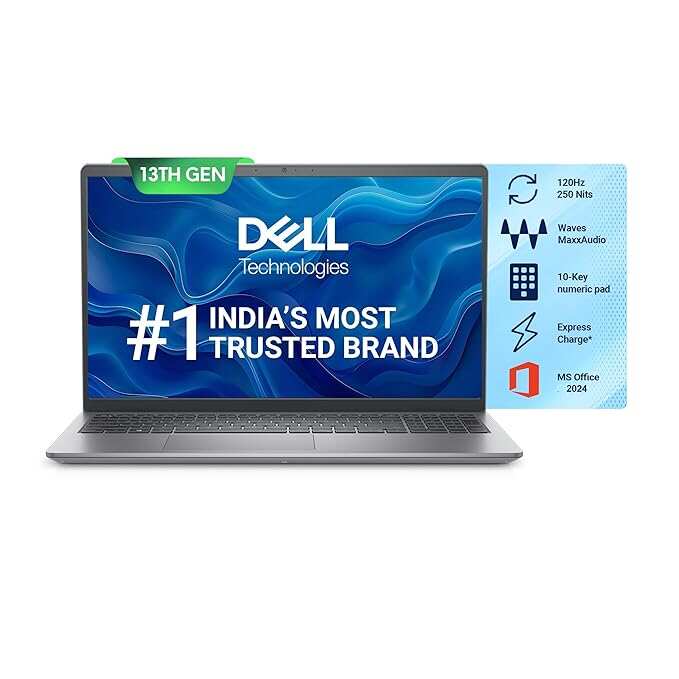Benefits of Storing Crypto in Hardware Wallets
In the modern age of heavy internet usage, safeguarding our personal information online is of utmost importance. There are several methods for storing cryptocurrencies and using hardware wallets is highly recommended. It is important to have an understanding of how a hardware wallet operates before making a decision. This article provides tips on ensuring the security and accessibility of your online funds and assets.
What’s a Hardware Wallet?
A hardware wallet is a physical device that securely stores crypto's private keys in offline storage, allowing users to manage multiple coins from multiple exchanges on a single device. These non-custodial wallets provide a clear overview of crypto money holdings and facilitate communication with the blockchain.
They are preferred for large amounts of assets and long-term holding, and many allow direct trade, saving time and avoiding deposit delays and withdrawal fees. They also facilitate communication with the blockchain, enabling the sending and receiving of valuable digital assets.
Choose the best crypto hardware wallet for storing coins, ensuring it supports a wide range of coins. Trezor, Ledger, and SafePal are renowned manufacturers. Ledger Nano S and Trezor One wallets connect to mobile devices via USB, Trezor T works with USB-C, and SafePal uses QR codes for offline transactions. Supported software, like Ledger Live, Trezor's web and desktop apps, and SafePal's smartphone app, facilitate user experience.
How Does It Work?
The purpose of digital hardware wallets is to generate and safeguard secret codes for secure storage. Their lack of internet connectivity ensures that they are safe from hackers. Utilising crypto coins entails signing transactions with a specific private key.
The process becomes simpler with the use of crypto bridging, as it allows the hardware wallet to connect directly to the blockchain through software. Hardware wallets employ unique codes for sending and receiving money online. They employ a specialized app to transfer transaction data to the hardware wallet.
The wallet displays your intentions, prompts you to authorize, and then transmits the transaction to the blockchain. The user can connect the wallet to their device either with a cable or through Bluetooth. The process begins with the initiation of a transaction, then the user indicates their intention to proceed with the transaction, and finally, the transaction is authenticated using a 2FA.
The wallet is equipped with a secret key for signing transactions while offline. Afterwards, it is delivered to the user's device using either a cable or Bluetooth. The payment is transferred to the blockchain for processing without relying on the user's private keys. This method ensures that the user's private keys are protected from malicious actors.
What are the Benefits and Risks?
Hardware wallets are a popular choice for securing crypto due to their advantages such as offline storage, user control, and a range of features from trusted manufacturers. However, they also have drawbacks such as limited accessibility, risk of loss or damage, and self-custody responsibility.
Users who frequently engage in crypto transactions may find them less convenient, while those who frequently engage in transactions may find them less convenient. Additionally, they require discipline and responsibility to manage and backup private keys securely.
How to Pick the Best Option
To choose a cryptocurrency hardware wallet, prioritise security over convenience and usability. Focus on the wallet's functions and capabilities, not its price. Consider protection from threats, personal security, and user-specific needs, and justify its price tag. These criteria will help you make informed decisions about whether to invest in a hardware wallet or not.
Bottom Line
A hardware wallet is a crucial security measure for managing virtual tokens, storing private keys offline and protecting them from online and physical threats. It enhances the digital currency experience by integrating advanced security practices with user-friendly functionalities.




